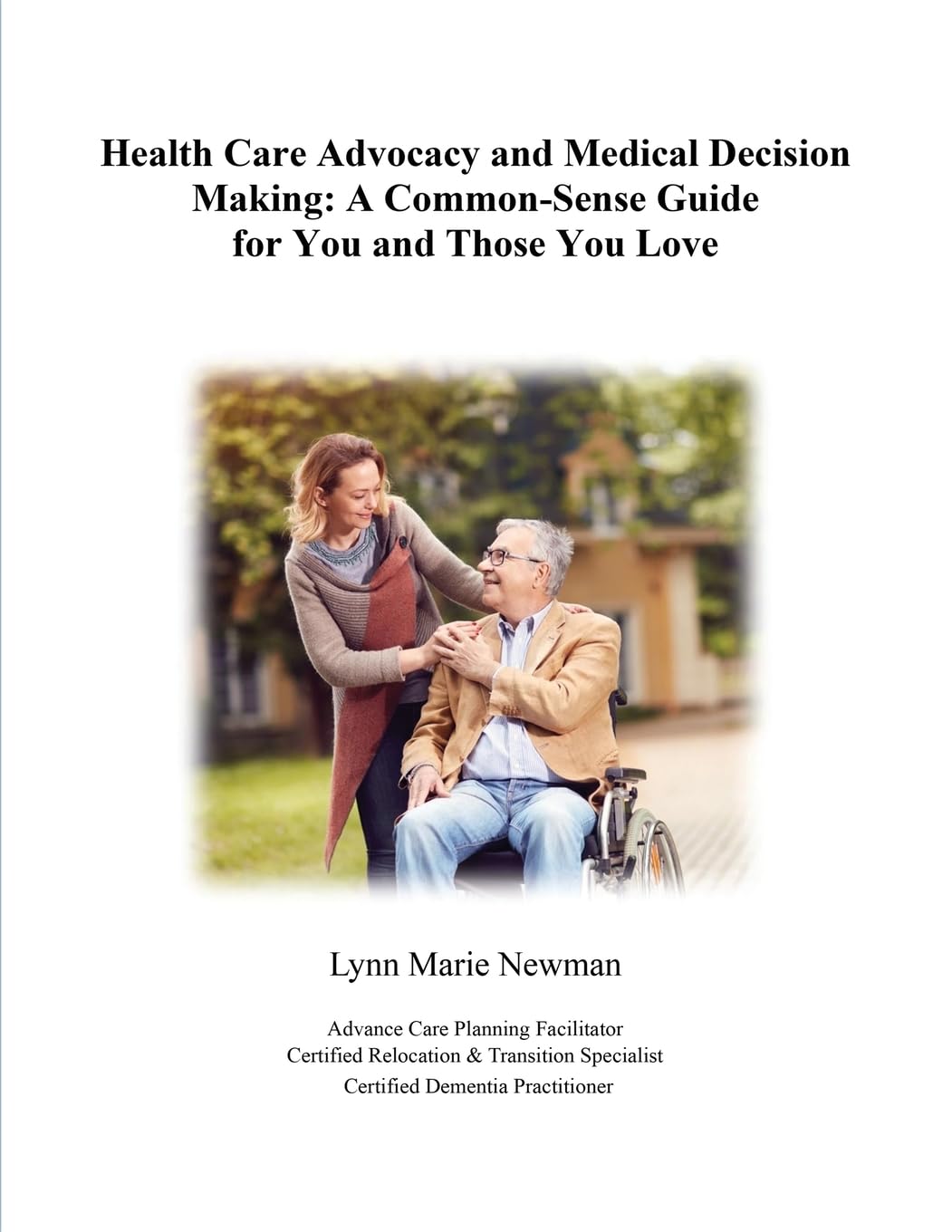Navigating end-of-life care for a loved one can be an emotionally charged and challenging process. With a variety of options available, it’s important to understand the differences between them and how they align with your loved one’s values and wishes. Whether you’re exploring hospice, palliative care, or planning through advance directives, having a clear understanding of these choices can provide comfort and clarity during difficult times.

Hospice Care: Providing Comfort in Final Days
Hospice care is designed for individuals who are nearing the end of life and no longer seeking curative treatment. Typically, hospice care becomes an option when a doctor determines the individual has six months or less to live, although some may receive it for longer periods. The focus of hospice care is on providing comfort, pain management, and emotional support, both for the patient and their family. Hospice care is typically provided at home, but it can also be offered in hospice centers, nursing homes, or hospitals.
Hospice teams, which include doctors, nurses, social workers, and spiritual counselors, focus on enhancing the patient’s quality of life by controlling symptoms and addressing emotional or spiritual concerns. This option allows patients to pass with dignity, surrounded by loved ones, in a familiar setting.
Palliative Care: Managing Serious Illnesses
While hospice care is limited to end-of-life, palliative care can be provided at any stage of a serious illness, even while curative treatments are ongoing. Palliative care focuses on improving the quality of life through pain and symptom management while addressing emotional and psychological needs. It’s not restricted to patients with terminal conditions but can also support those with chronic or life-altering illnesses such as cancer, heart failure, or Alzheimer’s disease.
Palliative care teams work alongside other healthcare providers to offer a holistic approach, managing physical symptoms like pain, nausea, or fatigue and providing emotional and spiritual support to both patients and their families. This type of care can improve the patient’s comfort and help reduce the strain on families as they cope with long-term illnesses.
Advance Directives: Ensuring Your Loved One’s Wishes
Advance directives are legal documents that outline an individual’s medical preferences in case they become unable to communicate or make decisions for themselves. This can include a living will, which details their desires regarding life-sustaining treatments, or appointing a healthcare proxy to make decisions on their behalf.
Having advance directives in place ensures that your loved one’s medical care aligns with their wishes, avoiding confusion or disagreements among family members during critical moments. It also gives peace of mind, knowing that difficult decisions have already been made according to their values.
Conclusion
Understanding the different options available—whether it’s hospice care, palliative care, or preparing advance directives—can help ensure your loved one receives the care they want in their final stages of life. These choices allow for dignity, comfort, and respect, bringing peace to both the patient and their family.
Are you prepared to navigate important decisions about hospice, palliative care, and advance directives for your loved ones? Lynn Marie Newman’s Health Care Advocacy and Medical Decision Making: A Common-Sense Guide for You and Those You Love provides the clarity and guidance you need to make informed, compassionate choices. This essential guide offers practical advice on understanding end-of-life options, ensuring your loved one’s wishes are respected and giving you peace of mind. Empower yourself with the knowledge to handle these challenging moments with confidence—get your copy today from here: https://amz.run/9bou, and start planning for the future!
Get your copy on Amazon: https://www.amazon.com//dp/1917367368/.
